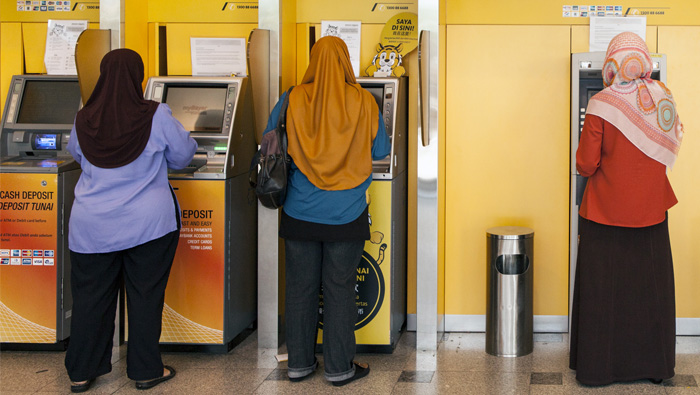
Muscat: The drop in Islamic finance growth is likely to continue in 2017 and that the estimated industry’s total assets will reach $2.1 trillion by the end of 2016, according to S&P Global Ratings.
"We think two factors will act as a brake in 2017," said S&P Global Ratings' Mohamed Damak, Global Head of Islamic Finance, "the impact of policy responses to the decline of oil prices in core markets and the lack of standardisation in the industry."
Still, Islamic finance will have the impetus to continue progressing and maintain growth of around 5 per cent in 2017 and the industry will be worth $3 trillion sometime in the next decade, says the research note.
“In our opinion, modest growth will derive from subdued economic growth of Islamic finance's core markets in the Gulf Cooperation Council (GCC) countries, partly compensated by continuous demand from an expanding customer base,” the rating agency said.
“A broader consensus around the need to standardise legal structures and Sharia interpretation could help the industry to progress, as could the industry's potential contribution to the United Nation's sustainable development financing goals,” it added.
While policy response is seen to the new normal of oil prices materialising in some GCC countries, including the United Arab Emirates and Saudi Arabia, in the form of spending cuts, lifting of subsidies, and privatisation of government assets, the reports says the oil price environment will weigh negatively on economic growth in the GCC for the next two years.
"The consequence for Islamic banks will be a slowdown in growth, deterioration of asset quality, and reduction of profitability," said Damak.
Malaysia, which also is a strong contributor to the Islamic finance sector, appears as an outlier in economic terms, since S&P Global Ratings expects its GDP growth to stabilise at around 4.7 per cent on average for 2017-2018. Iran is also a potential outlier: The market is looking at this country as a potential new contributor to a renewed era of growth of the Islamic finance industry.
“The volume of sukuk issuance in the first half of 2016 was not that encouraging. The market is slowly accepting the evidence that the process of issuing sukuk can be painful and it has become more reticent in issuing such instruments. However, stakeholders, including some multilateral lending institutions (MLIs), are becoming more serious about standardisation of structures and Sharia interpretation,” the agency said in its report.
The report pointed out that the multilateral lending institutions are aiming to show the market how to achieve standardisation through the implementation of standard structures, documentation, or steps that issuers should go through to make sukuk issuance easier and more efficient. For example, the Islamic Development Bank Group is working on a solution that could simplify the sukuk issuance process and respond to the lack or fragmentation of sovereign assets.
“We see this as an important opportunity for the development of the market and to put the industry back on a strong growth path,” S&P said.